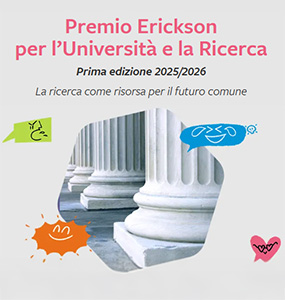Discorsi e cultura della disabilità nella scuola italiana
Giuseppe Vadalà
Starting with some national (Censis, 2010; Medeghini, 2008; Vadalà, 2011) and international research (Morvan, 1988; Mercier, 1999), in the context of the discussion proposed by Disability Studies (Corker, 1998; Davis, 1997; Medeghini et al., 2013), this paper attempts to highlight the relationship between representations of disability and behaviours, opinions and actions at school, the relationship between hidden and educational practices and the generative relationship of non-inclusive cultures, practices and actions. Investigating and analysing disability from the perspective of social representations can help the debate and discussion because cultural representations are the result of (implicit) productive processes, capable of generating inclusion and/or exclusion, proximity and/or distance. Learning environments are specific moments within our social space. Children, and students in a broader sense, are part of a wider society and they often reproduce dominant identities. In this sense, we will try to highlight some cultural aspects from the stories of students and their memories regarding the presence of companions with disabilities in their schools or classes (Vadalà, 2011).


